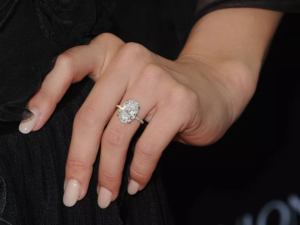Buy Zippers by the Yard from ZipperShipper.com

There are times when you need zippers that are cut at a specific length. If this is the case, ZipperShipper.com comes in handy as they offer quality zippers by the yard. But, were you ever curious how those zippers came to existence?
The clothing industry originally rejected the idea of the new fastener. In fact, it could have experienced a disgraceful early death if the salesmen failed to cultivate the small niche markets that were able to sustain it for many years.
Money belts for the sailors of World War I were followed by the tobacco pouches that were then followed by the rubber overshoes during early 1920s. The B.F. Goodrich Rubber Company, the makers of the rubber overshoes, used Zippers as the moniker for the new product that become way more famous than the overshoes themselves. The word zipper then became the common term in America for the fastener in spite of the trademark claims of Goodrich.
Through most parts of the 1920s, the growing niche markets made the fastener to the general public even if the garment makers were resistant to the wider adoption. In 1928, the trademark Talon was adopted by Hookless Fastener and its corporate name was changed to Talon, Inc., after 10 years.
The Zipper’s Rise to Popularity
The zippers only became accepted as elements of clothing for men and women only during the 1930s and even by then, it only happened by steps. Elsa Schiaparelli, the popular haute couture designer, opted to set off her 1935 designs by liberal usage of zippers even in areas where fasteners were not expected or needed.
In 1937, after two years, zippers started to appear extensively in high fashion line. For instance, the pencil-slim coats of Edward Molyneux used zippers for emphasis of the sleek silhouette. During the same time, designers of the best tailored clothing for men made it known that it was acceptable to use zippered flies and when the decade came to an end, zippers became more common in the better trousers for men and started to make their way to the market for ready to wear.
The combination of price reduction because of higher volume production together with the increasing association of zippers with fashion and modernity overcame the enduring resistance of buyers and garment makers.
The extensive use of zippers in the military uniforms during the time of World War II was linked by most with the fastener’s final popularization but its use was already on its way to becoming more common prior to the water. When the 1950s, zippers already became the default fastener for almost anything from trouser flies and skirt plackets to backpacks and leather motorcycle jacket.
Even prior to the war, there are manufacturers that experimented with the replacement of the zippers’ copper nickel alloy standard with plastic. However, the substitution wasn’t that successful until the DuPont Company and Talon collaborated on a brand new design of zipper where nylon spirals replaced the metal scoops.

